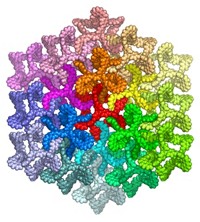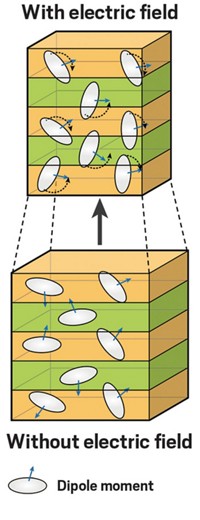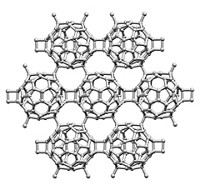Advertisement
Grab your lab coat. Let's get started
Welcome!
Welcome!
Create an account below to get 6 C&EN articles per month, receive newsletters and more - all free.
It seems this is your first time logging in online. Please enter the following information to continue.
As an ACS member you automatically get access to this site. All we need is few more details to create your reading experience.
Not you? Sign in with a different account.
Not you? Sign in with a different account.
ERROR 1
ERROR 1
ERROR 2
ERROR 2
ERROR 2
ERROR 2
ERROR 2
Password and Confirm password must match.
If you have an ACS member number, please enter it here so we can link this account to your membership. (optional)
ERROR 2
ACS values your privacy. By submitting your information, you are gaining access to C&EN and subscribing to our weekly newsletter. We use the information you provide to make your reading experience better, and we will never sell your data to third party members.
Materials
Graphene-Molecule Hybrid Structures
Graphene and organic molecules form nanowires via a back-and-forth self-assembly process
by Mitch Jacoby
September 20, 2010
| A version of this story appeared in
Volume 88, Issue 38
Graphene and organic molecules can combine to form novel hybrid nanostructures via a self-assembly process in which the adsorbate (the molecules) and substrate (graphene) interchange roles during assembly, according to chemists at the National University of Singapore (ACS Nano, DOI: 10.1021/nn101800n). Shuai Wang, Bee Min Goh, Kian Ping Loh, and coworkers report that when the planar aromatic compound perylenedicarboximide (PDI) is deposited from solution onto an oxidized form of graphene, π-π interactions between PDI and graphene cause the PDI molecules to nucleate and grow into wires. As the process continues and the wires’ dimensions outgrow the supporting graphene flake, the same type of noncovalent interaction drives other graphene flakes to adsorb onto and coat the growing wire. In a test of the wires’ properties, the team used them to fabricate organic photovoltaic cells. Compared with the individual components and with simple PDI-graphene mixtures, the hybrid-wire structures give the best-performing solar cells, the team says.





Join the conversation
Contact the reporter
Submit a Letter to the Editor for publication
Engage with us on Twitter